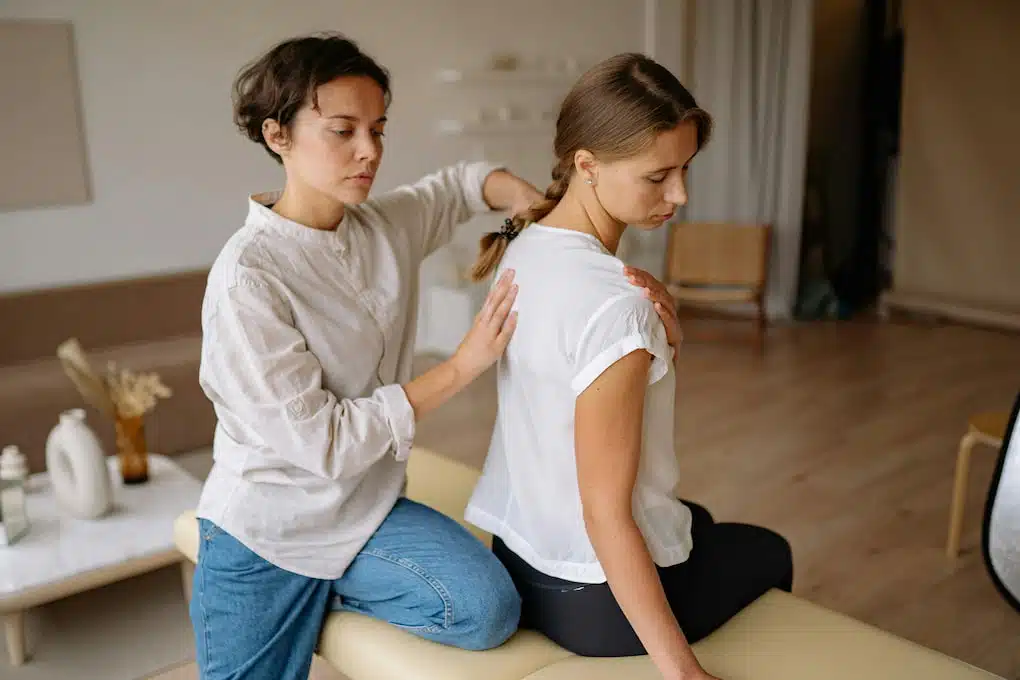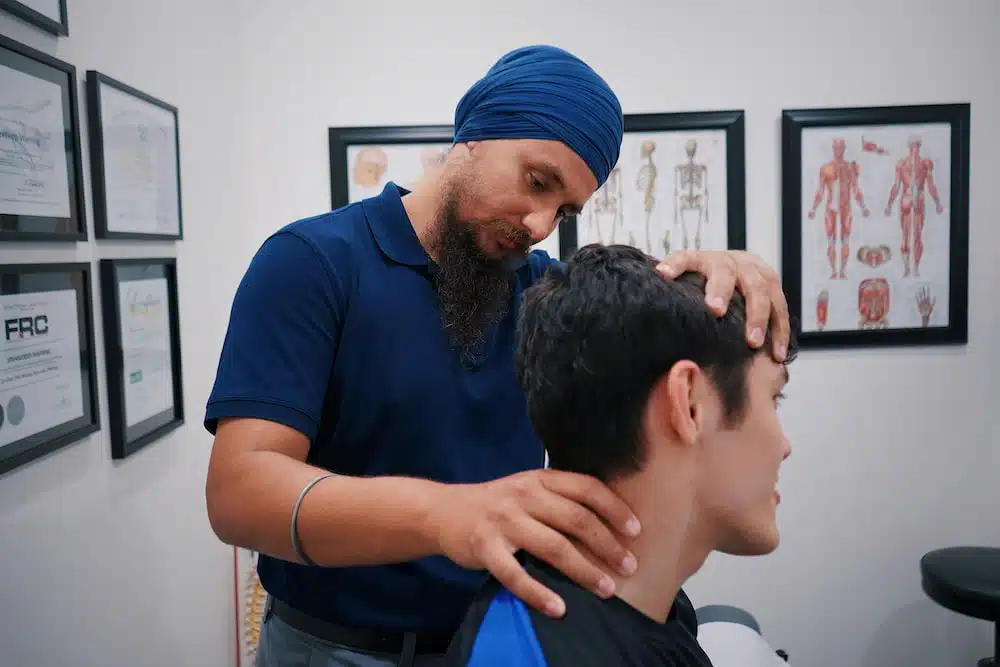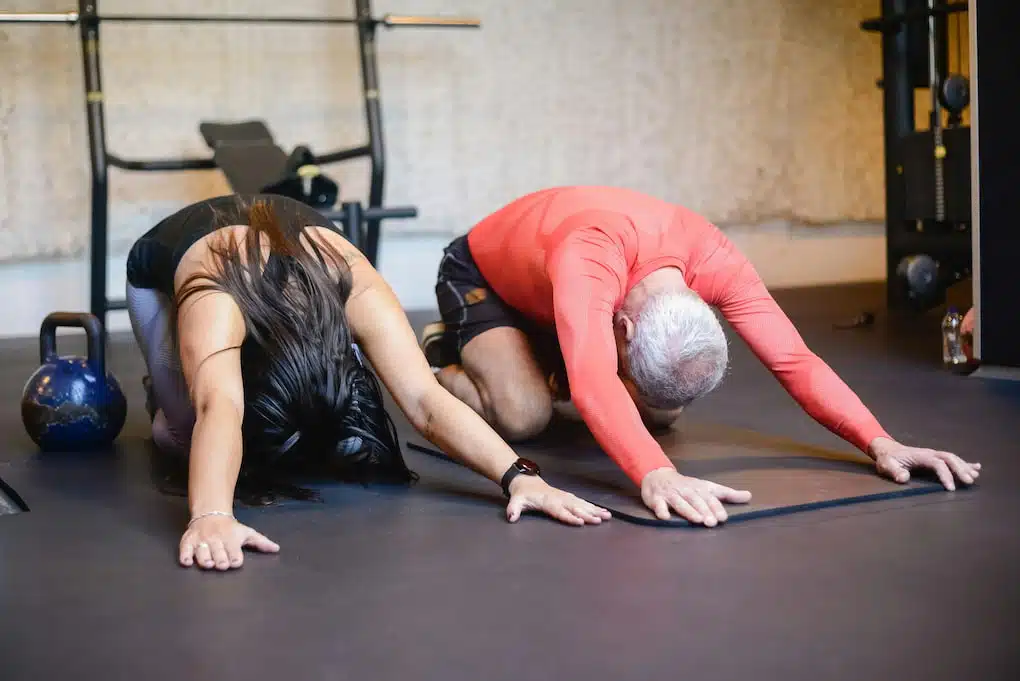
Spinal stenosis involves the narrowing of the spinal canal, resulting in pain, nerve damage, and, in severe cases, paralysis. It is a degenerative disease frequently linked to aging, affecting about 11% of older adults in the United States.
In most cases, healthcare professionals treat spinal stenosis using a combination of conventional and complementary therapies, including spinal adjustments. This blog aims to help you understand the benefits of spinal adjustments for spinal stenosis and how they can help the body resume normal functioning.

Spinal stenosis often advances gradually. It can go for a while without causing any symptoms until patients experience the following:
This condition has several causes.

Spinal adjustments for spinal stenosis aim to correct subluxations or misalignments in the spine, which helps alleviate symptoms. Misalignments in the spine can put undue pressure on the nerves within the spinal canal, exacerbating the pain and discomfort associated with this condition. Restoring proper alignment through spinal adjustments reduces pressure, decreasing pain in the surrounding muscles and tissues.
Relieving nerve compression and pain has a direct impact on improving function and mobility for individuals with spinal stenosis. It allows for greater ease of movement, enabling individuals to engage in daily activities with less discomfort and more confidence. Ultimately, this contributes to a healthier, more active lifestyle, which is essential for managing the long-term effects of spinal stenosis.
Spinal stenosis is not reversible; however, specific treatments can decelerate its progression. Chiropractic spinal adjustment is a nonsurgical method that can mitigate misalignment and maintain appropriate spinal positioning, slowing the degenerative changes associated with spinal stenosis.
Managing spinal stenosis with spinal adjustments offers more than physical benefits; it also offers psychological ones, such as decreased stress, enhanced mood, and improved overall well-being.

A manual adjustment is a hands-on adjustment performed by trained chiropractors or osteopaths. This method involves two techniques: manipulation and mobilization.
Manipulation typically involves quick, forceful movements (high-velocity, low-amplitude thrusts) designed to realign the vertebrae, relieve pressure on the nerves, and restore proper spinal function. On the other hand, mobilization consists of gentler, slower movements (low-velocity, low-amplitude thrusts) used to increase the range of motion in the joints and reduce stiffness.
Various chiropractic techniques involve the use of specialized devices to deliver controlled force to the spine. They offer several benefits.
One popular example of instrument-assisted adjustment is the flexion–distraction technique. This method utilizes a specialized table that gently stretches and decompresses the spine. The chiropractor controls the movement of the table, allowing for precise adjustments that alleviate pressure on spinal discs and nerves, relieving pain and improving function.
A 2020 study published in the Journal of Physical Therapy Science found that patients who received flexion–distraction adjustments reported a significant reduction in pain and improvement in mobility after six weeks of treatment.
Chiropractic care for spinal stenosis harnesses the body's innate capacity for self-healing. Combined with complementary treatments, it can reduce the need for medication or surgical procedures.

Symptoms of spinal stenosis can be debilitating, but they are manageable. Spinal adjustments for spinal stenosis provide relief by correcting spinal misalignment and easing pressure on affected nerves.
Zaker Chiropractic clinics have on board a team of experienced healthcare professionals dedicated to providing holistic and well-rounded treatment of spinal stenosis symptoms. Our practitioners in Newport Beach, Torrance, and San Pedro bring years of expertise and specialized training in various disciplines.